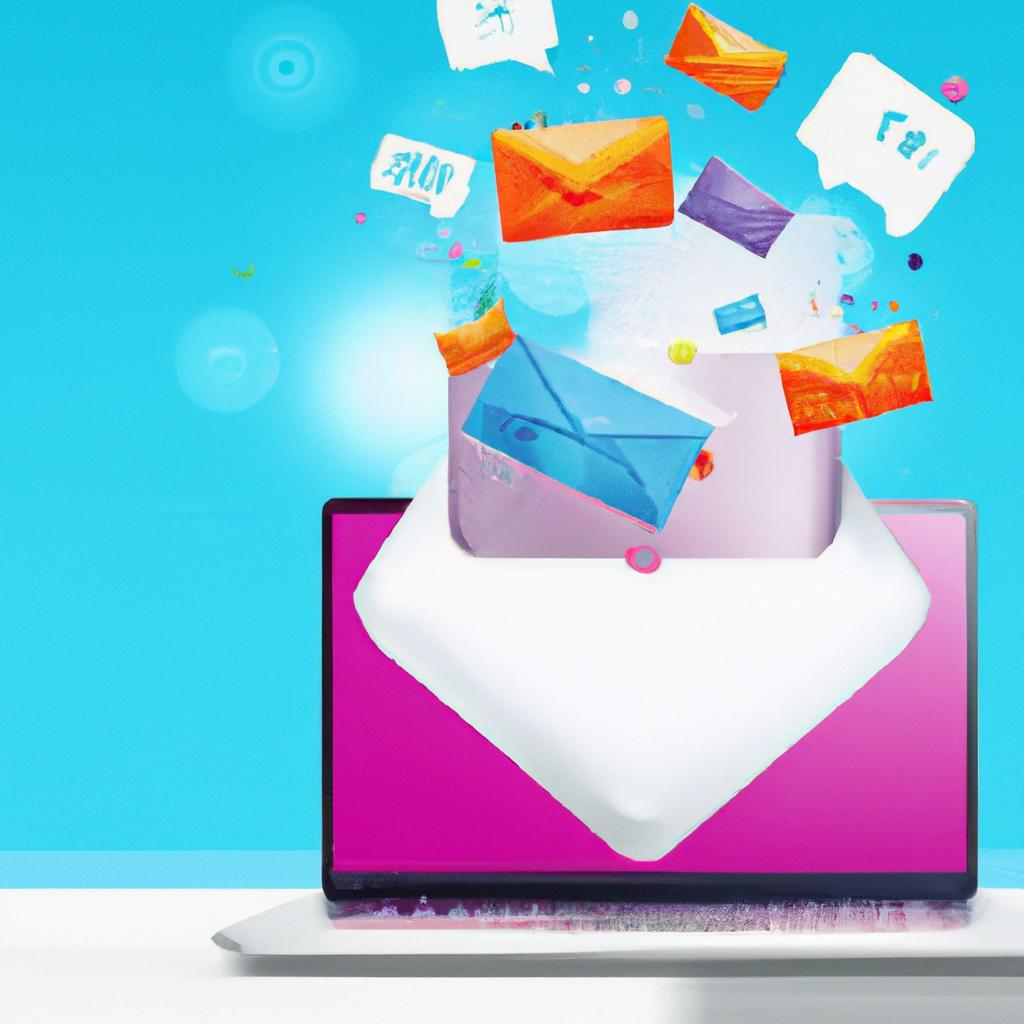
Crafting the Ideal Re-engagement Email Campaign
In the fast-paced world of email marketing, re-engagement campaigns play a crucial role in keeping your audience connected and interested. Crafting the ideal re-engagement email campaign requires strategic thinking and creativity to win back your subscribers’ attention. In this article, we will delve into the key components and strategies for creating a successful re-engagement email campaign that will rekindle the spark with your audience. Let’s explore the art of reconnecting through the power of email.
Table of Contents
- Crafting Personalized Subject Lines to Increase Open Rates
- Utilizing Dynamic Content to Grab Attention and Drive Action
- Optimizing Send Times and Frequency for Maximum Engagement
- Implementing A/B Testing to Continuously Improve Campaign Performance
- Q&A
- The Conclusion
Crafting Personalized Subject Lines to Increase Open Rates
When it comes to re-engaging with your audience through email campaigns, crafting personalized subject lines can make all the difference in increasing open rates. By tailoring your subject lines to speak directly to your recipients, you can grab their attention and entice them to click open.
One way to create personalized subject lines is to segment your audience and send targeted emails based on their preferences and behavior. Another approach is to use the recipient’s name in the subject line to make the email feel more personalized and engaging. Additionally, incorporating emojis, numbers, or special characters can help your subject lines stand out in a crowded inbox. Experiment with different strategies to see what resonates best with your audience and watch your open rates soar!
Utilizing Dynamic Content to Grab Attention and Drive Action
One way to re-engage with your audience is to utilize dynamic content in your email campaigns. By tailoring the content to each individual recipient based on their previous interactions with your brand, you can grab their attention and drive them to take action. Incorporating elements like personalized product recommendations, interactive surveys, and countdown timers can create a sense of urgency and excitement that motivates recipients to engage with your email.
Another effective strategy is to segment your email list based on different criteria such as purchase history, geographic location, or engagement level. This allows you to send targeted and relevant content to each group, increasing the likelihood of a positive response. Including dynamic elements like animated GIFs, live social media feeds, and user-generated content can further enhance the visual appeal of your emails and encourage recipients to click through to your website. By crafting a well-designed and personalized re-engagement email campaign, you can reignite interest in your brand and drive conversions.
Optimizing Send Times and Frequency for Maximum Engagement
When it comes to re-engaging with your audience through email campaigns, timing is crucial. Sending emails at the right time and with the right frequency can significantly impact engagement rates. To optimize your send times and frequency for maximum engagement, consider the following strategies:
- Segment your audience: Divide your email list into segments based on demographics, behavior, or engagement levels. Tailoring your email content and send times to each segment can increase the likelihood of engagement.
- Test different send times: Experiment with sending emails at different times of the day and days of the week to determine when your audience is most likely to open and engage with your emails. Use A/B testing to compare results and refine your send time strategy.
Implementing A/B Testing to Continuously Improve Campaign Performance
One key strategy in improving campaign performance is through the implementation of A/B testing. By testing different variations of elements within your campaigns, you can gather valuable insights on what resonates best with your audience. This data-driven approach allows you to continuously refine and optimize your email campaigns for better results.
Consider testing the following elements in your re-engagement email campaign:
- Subject lines: Experiment with different tones, lengths, and personalization to see what drives higher open rates.
- Call-to-action buttons: Test different colors, sizes, and placements to encourage more click-throughs.
- Content layout: Try variations in the order of content, use of images, and amount of text to see what keeps readers engaged.
| Element | Variation A | Variation B |
|---|---|---|
| Call-to-action button | “Shop Now” | “Discover More” |
Continuously testing and optimizing your campaigns based on data insights can lead to better engagement and ultimately, higher conversion rates. So, don’t hesitate to use A/B testing as a powerful tool in crafting the ideal re-engagement email campaign.
Q&A
Q: Why is re-engagement important for email campaigns?
A: Re-engagement is important because it helps in bringing back inactive subscribers and increasing overall engagement rates.
Q: What are some key elements to include in a re-engagement email?
A: Key elements to include in a re-engagement email are compelling subject lines, personalized content, clear call-to-action, and an offer or incentive to re-engage.
Q: How can we measure the success of a re-engagement email campaign?
A: The success of a re-engagement email campaign can be measured through metrics like open rates, click-through rates, conversion rates, and the number of re-engaged subscribers.
Q: What are some best practices for crafting the ideal re-engagement email campaign?
A: Some best practices for crafting the ideal re-engagement email campaign include segmenting inactive subscribers, creating relevant and valuable content, using a catchy subject line, and testing different elements to optimize performance.
Q: How often should we send re-engagement emails?
A: The frequency of re-engagement emails should be based on the behavior of inactive subscribers, but typically sending 1-3 emails over a period of a few weeks is a good approach.
Q: What are some common mistakes to avoid in a re-engagement email campaign?
A: Common mistakes to avoid in a re-engagement email campaign include sending too many emails, not personalizing content, not providing a clear call-to-action, and not analyzing the results to make necessary adjustments.
The Conclusion
As we wrap up, keep in mind that crafting the ideal re-engagement email campaign requires a careful balance of creativity and strategy. By following the tips and best practices outlined in this article, you can breathe new life into your email marketing efforts and reconnect with your audience in a meaningful way. Remember, re-engagement is not just about getting subscribers to open your emails again, but also about reigniting their interest and sparking conversations. So go ahead, experiment, test, and fine-tune your campaigns to create engaging and effective re-engagement emails that will resonate with your audience. Happy crafting!


